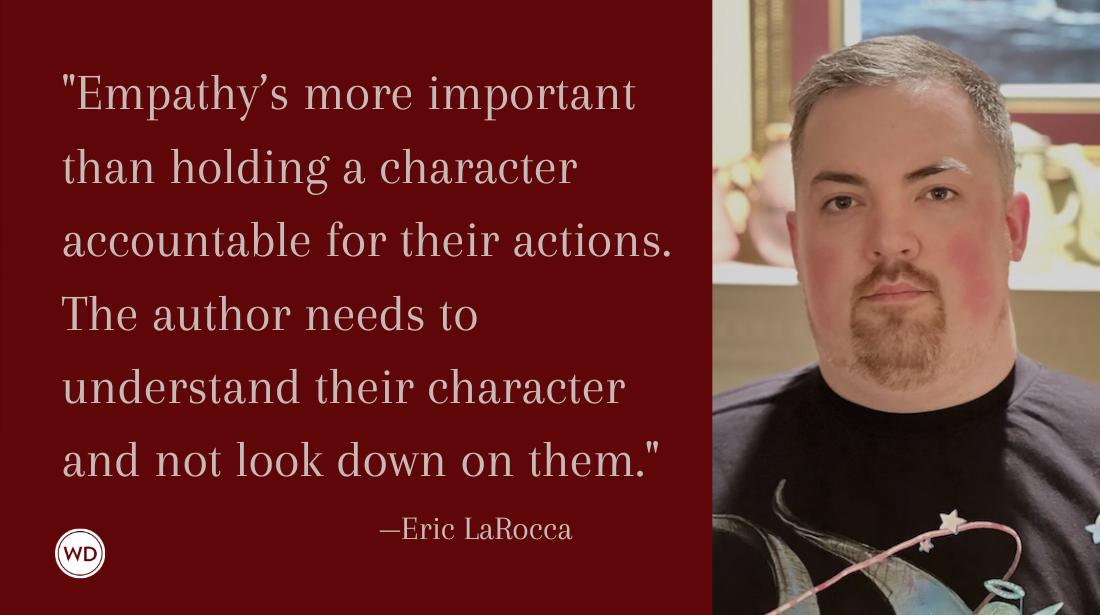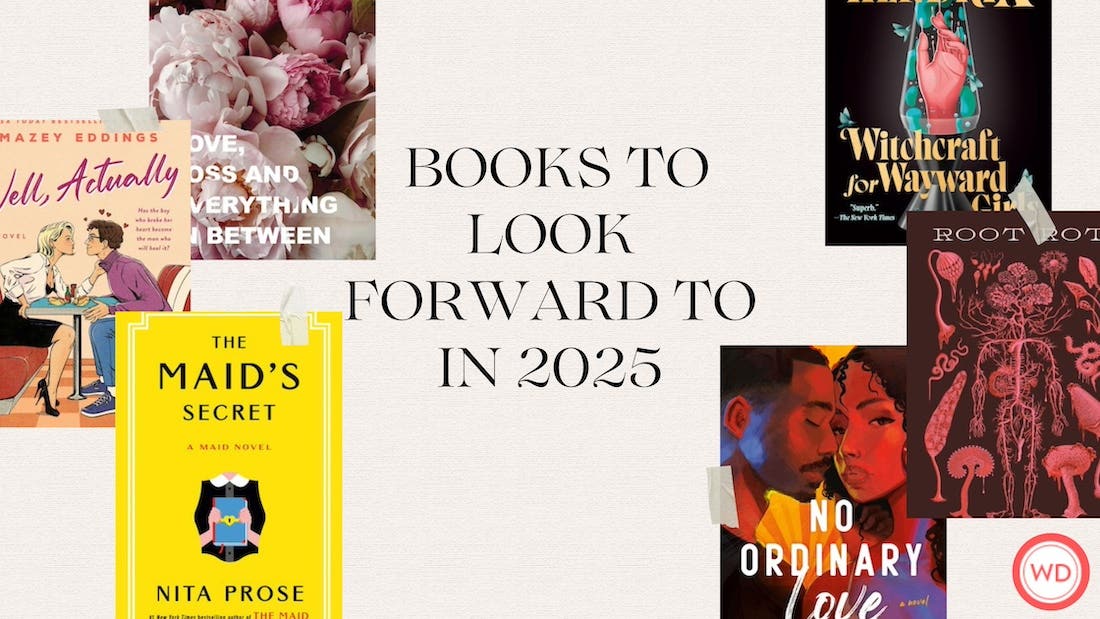How To Tell a Meaningful Story Without Using Words
They say a picture’s worth 1,000 words—how about a book full of them? Author and illustrator Sophie Burrows shares how to tell silent stories.
They say a picture’s worth 1,000 words—how about a book full of them? Author and illustrator Sophie Burrows shares how to tell silent stories through illustration and graphic novel.
My graphic novel, Crushing, tells the story of two people navigating solitary lives in the city, grappling with feelings of loneliness, and attempting to form connections with others. The book follows them as their lives slowly converge, as they experience small moments of tender acceptance and bitter rejection from strangers in their orbit.
Apart from a few lines of dialogue and some background elements, the book is wordless. Using a graphic novel format, it felt perfect to explore the theme of loneliness using as few words as possible.
If you are interested in telling a silent story, here are some of my approaches that you might find helpful.
Begin with drawing
It may come as no surprise that a book without words did not begin with writing. It started from an observational drawing project that I had been doing around London. I found myself drawn to crowded places; I did a lot of sketching at museums, and then moved to busy streets and stations.
I love to sit and draw these hectic environments, where everyone is moving so fast that you can only capture a few elements of people at a time. It means you have to be extremely quick in deciding what the important things are that you want to capture about a moment! As I drew, I began to think about the characters in these crowds, and how their stories might intertwine.
Drawing from location can unearth all kinds of stories. You might set out to go and draw some buildings, but in doing so, you begin thinking about the figures in the window, or the people passing by below. You can really experience a place through drawing it, in different lights, in different weathers, and in the right conditions, narratives can begin to form.
You might overhear a conversation, or sketch a passerby, which could form the seed for a character. Even if I return home with a sketchbook of wonky or half-finished drawings, it is never time wasted, because the experience itself can help a story begin.
IndieBound | Bookshop | Amazon
[WD uses affiliate links.]
Most of my stories and comics begin with drawings of people or places, and I try to draw from observation as much as I can. But there are times when this isn’t possible, so I make notes, or try memory drawing, which involves drawing something or someone that you saw earlier, from memory. This practice is great because it’s likely that you’ll never remember exactly, so you are already beginning to imagine up characters or locations for your story to take place.
Finding something to say
Finding themes or ideas you connect with is always a good idea when creating your story. Even silent books need something to say. In Crushing, I explored themes of loneliness, love, and connection. With any story, whether you are writing or drawing, it’s important that the themes are meaningful—in that they mean something to you. With a graphic novel, it is also important that you actually enjoy drawing the things that are in your book. It is no use deciding to write a story set in the rural countryside if drawing trees and landscapes bores you to death!
If you are telling a story without words, your images must do all the talking—so it’s important that the ideas you’re hoping to communicate are clear. I find it helpful to keep my story’s themes close by when I’m making drawings or writing. They often grow or change throughout a project, but I like to check in with myself regularly: What is this part of the story about? Is that clear through my images?
Consider the little details
One way to make sure your images are successfully telling your story is to draw with detail. Narrative details can be key in a narrative without words. Background elements in your drawing can serve as clues to the plot, or the character. One of the joys of wordless books is the self-indulgent freedom of creating whole worlds for your story to take place in.
When images alone tell the story, you can include so much detail on a single page to set your scene; nuggets of information about your character, minutiae from the insides of their homes, or background jokes and easter eggs for your readers to find on their second or third read. If you were writing, all these things might be considered over descriptive—but often, if your book is wordless, more is more!
Explore ways to move through the story without words
Creating a silent graphic novel means taking a different approach to pacing, as you aren’t able to rely on writing style to speed up or slow down the narrative.
If your story uses panels, employing different shapes and sizes will all have different effects and can be incredibly useful to pace your story successfully. Don’t be afraid to break out of traditional conventions and experiment with the way you lay out your images to guide your reader through the narrative.
I think that this is one of the moments where you might feel closer to a filmmaker than a writer, and it can be incredibly helpful to watch movies to find inspiration to guide the pacing for your stories. Experiment with different ways of cutting scenes: How can you add drama, or create a moment’s pause?
Expressing emotion
Many of the moments in my book were very emotive; I think that the expression of feelings is one that can transcend words.
It’s important to get into your character’s shoes; consider how they are feeling, and how that can be communicated without writing. It’s important to me that my drawings of characters show their feelings through their facial expressions, and body language. Occasionally I might portray the city through their eyes, so my reader can see the world through their perspective. Their emotional states are even reflected in the weather, and through the people around them.
Color and mark-making can be really important tools when making silent comics, especially when capturing emotions. Color is incredibly symbolic: Blue evokes feelings of calm, green suggests jealousy. The way materials are applied can also help communicate a feeling—heavy handed, scratchy marks will communicate different emotions to a soft, lighter touch.
Sophie Burrows is an illustrator and author based in London. She earned her M.A. in children’s book illustration at Cambridge School of Art, where she spent time nurturing a love for comics and writing and developing her own children’s books. Besides drawing, she loves live music, trashy television, cooking, and spending time outdoors. Her first picture book, Ig and Og and the Other Frog, was published in 2020.








